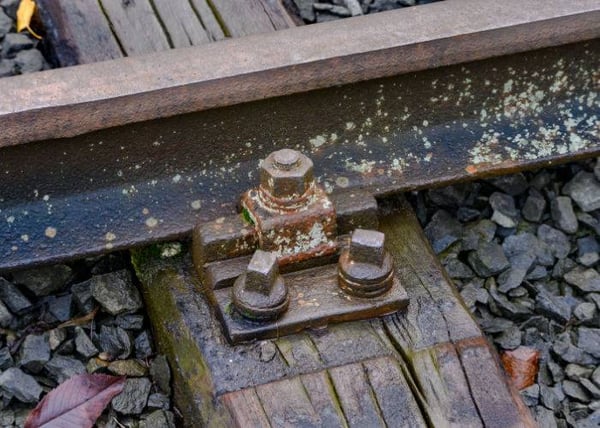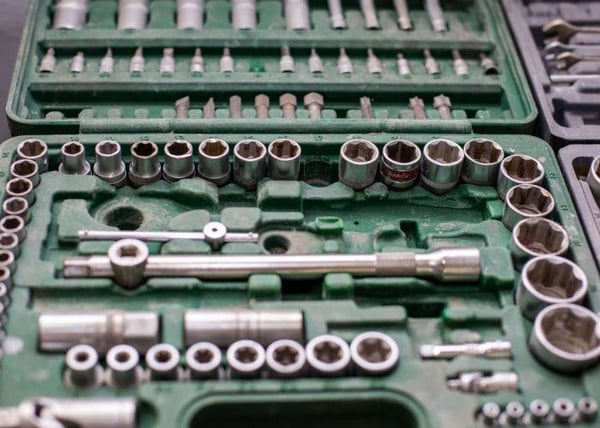Ways to Make Bolt Tensioning Safer And Easier

As workers, it’s important to consider safety and efficiency when dealing with tools and techniques. When it comes to bolt tensioning, safety precautions should be taken seriously. This is why we want to draw your attention to our guide on improving the process of manual bolt tensioning. With this blog post, you can learn how to make work easier while also making sure that everyone remains safe by learning ways in which they can reduce potential risks associated with manual bolt tensioning. Whether you are a professional or an amateur DIYer looking for tips on improved working conditions, here is a comprehensive article tailored towards helping you visualize better results while keeping yourself out of harm's way!
The importance of proper bolt tensioning
This is an essential part of any construction project. Properly tensioned structural bolts send a strong and clear message that safety comes first. Not only do properly tensioned bolts ensure the structural integrity of the connection point, but they also help extend the lifetime of the structure by reducing vibrations and other forces that can weaken bolt connections over time. With the right tools, it's easy to make sure that your bolt tensioning is up to snuff, preventing costly repairs down the line. That’s why investing in correct and safe bolt-tensioning methods is so important—it’s more than worth it in the long run.
The basics of bolt tensioning and how it works
Bolt tensioning is a special process to create secure connections between two structures. The first step is to align the bolt hole in one of the structures and add a washer and nut. The bolt then needs to be tightened using a calibrated tool that provides precise control over the torque applied. This range of tightness creates “tension” in the bolt which holds the connection together.
Doing this accurately and even more importantly, safely, requires skill and knowledge, but there are ways to make this process easier and safer, such as using a tension meter and making sure all tools used are regularly checked for accuracy. Namely, the experts at Technofast say that it can be helpful to find a reliable hydraulic bolt tensioning company that can also assist you with great customer service. When you use a specialist tool and hire a professional, it can save you both time and money in the long run.
Different types of tools used for bolt tensioning

For those looking for ways to make bolt tensioning safer and easier, there is a variety of tools available. Everything from wrenches to torque multipliers is used for different application purposes that can create precise tension when bolting metal parts together. Meanwhile, manual torque-controlled tools are another great way to ensure the accuracy of the torque required but need to be managed by an experienced hand. On the other hand, digital and electronic tools like digital torque wrenches provide precise force feedback with each operation, even in tight or awkward spaces. Additionally, automating tools with electric or pneumatic performance offer optimal accuracy and repeatability, making it easy to adapt your workflow on the go. With so many different types of tools out there for bolt tensioning, workers can feel confident that safety and results are a top priority no matter what their project requires.
The safety features and processes involved in bolt tensioning
Bolt tensioning is a vital part of the manufacturing process, but it can also be incredibly dangerous. It's essential to prioritize safety in terms of both the team members and the products they're working on. To ensure safety while bolt tensioning, there are several features and processes which need to be taken into account. Team members should wear the appropriate protective gear and pay close attention to instructions while operating any machinery. Processes such as pre-tensioning and dynamic tensioning should also be used properly; these elements help improve accuracy, guaranteeing that bolts are attached securely and safely. Putting safety first reduces the risk for everyone involved, making bolt tensioning safer and easier for all.
Specific cases where proper bolt tensioning has made a difference in terms of safety and cost savings

Proper bolt tensioning is essential for a wide range of industries, as it helps to ensure the safety and success of operations. For example, in automotive manufacturing, high-quality tightening of bolts means the successful connection of parts, reducing stress points and thus making cars stronger and safer. In aerospace operations, precise tensioning processes create secure connections that minimize vibration levels and prevent stage failure, helping to minimize costs and optimize efficiency. As these two specific examples illustrate, proper bolt tensioning is an invaluable tool for safety and cost savings in any industry.
Best practices for implementing a successful bolt tensioning program
Implementing a successful bolt tensioning program hinges on following the recommended best practices. First and foremost, the chosen system should provide a valid indication of proper tension values for each bolt relative to its loading requirements. Secondly, personnel responsible for operating the system should be provided with thorough training and instruction regarding proper installation and use. Lastly, it is important to identify and document routine checks to ensure that bolts are being monitored and properly maintained within their acceptable limits as defined by ANSI/ASME/AGMA standards. By implementing these guidelines- along with other safety protocols required by the industry- businesses will more certainly pave the way for a safer and more efficient bolt tensioning program.
Proper bolt tensioning is a critical step in any process to ensure safety and efficiency. This is especially true when working with heavy-duty machinery, as even a small mistake can have disastrous consequences. To make your bolt tensioning tasks safer and easier it is essential to understand the basics of tensioning and the different tools available to assist you in that journey. Doing so will provide you with peace of mind that the job is being done correctly and safely. Additionally, it is highly recommended that proper safety processes are always followed when performing bolt tensioning tasks - along with best practices for an overall successful program for your organization or individual project context. With these considerations in mind, proper bolt tensioning can be performed safely and effectively, without sacrificing cost savings along the way.

Ravindra Ambegaonkar
Ravindra, the Marketing Manager at NY Engineers, holds an MBA from Staffordshire University and has helped us grow as a leading MEP engineering firm in the USA
Join 15,000+ Fellow Architects and Contractors
Get expert engineering tips straight to your inbox. Subscribe to the NY Engineers Blog below.
